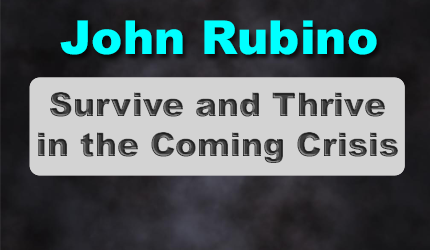September 10, 2025 | Black Swans: What If the “Scaling Cliff” Pops the AI Bubble?

Artificial intelligence is this decade’s tech success story. And that sector’s stocks — led by the almost supernaturally powerful chip maker Nvidia — are primarily responsible for the S&P 500 and Nasdaq being at record highs.
In just the past five years, nearly a trillion dollars have been thrown at AI data centers, chip plants, and model training. And the spending curve continues to steepen, as pretty much every tech firm and most governments enter the AI arms race.
Early AIs improved in line with the amount of computing power and new data they were fed. This led to the assumption that AI investment had a predictable rate of return (which investors absolutely love).
But with the most recent iterations of name-brand AI, that relationship has broken down. They’re not improving in line with the money being spent on them, leading a growing number of analysts to voice doubt about whether the return on this investment can be predicted going forward. This is known as the “scaling cliff.”
As Chat GPT explains the problem:
The entire LLM arms race assumes smooth scaling. If we’re close to a cliff:
- Simply making models bigger stops being productive.
- Labs must pivot to data curation, architecture changes, or reasoning-focused designs.
- Many researchers suspect we’re nearing this cliff.
In short:
The AI scaling cliff is the point where bigger no longer means better — when scaling laws break because of data, optimization, or cost bottlenecks. It marks the boundary between “brute force scaling” and needing new approaches to intelligence.
Here are two video deep dives into the scaling cliff concept:
Could the AI bubble burst?
Bubbles, while they’re inflating, take on the aura of inevitability. In the 1990s, the Internet was going to rule the world, and the leading dot-coms would, as a result, grow exponentially forever. In the real estate bubble of the 2000s, home prices would always rise, so no price was too high for a nice house.
Those bubbles popped, catastrophically. That’s the nature of bubbles, and it would be a denial of history to expect the frantic money pouring into AI to return consistent profits. And to expect the broader markets elevated by this bubble to keep rising when the bubble pops.
By every historical valuation measure, US stocks (other than the commodities miners) are well into bubble territory. So it’s wise to build crash protection into today’s portfolios. Long-dated put options on the S&P or Nasdaq are just basic common-sense insurance at this point.
STAY INFORMED! Receive our Weekly Recap of thought provoking articles, podcasts, and radio delivered to your inbox for FREE! Sign up here for the HoweStreet.com Weekly Recap.
John Rubino September 10th, 2025
Posted In: John Rubino Substack











